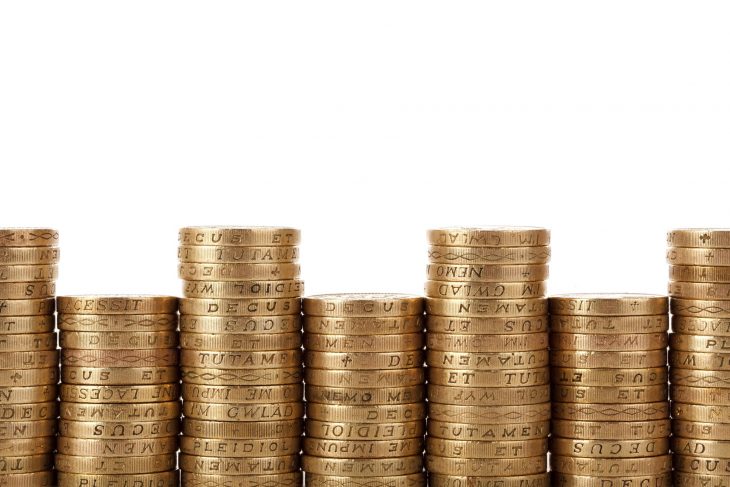On 23rd September 2022, Chancellor of the Exchequer, Kwasi Kwarteng, announced a new growth plan.
This blog will provide a breakdown of the changes announced by the Chancellor and how they will impact you and your business.
Income Tax
The basic rate of income tax is set to receive its first cut in 15 years, reducing from 20% to 19%. This means that less tax will be applied to your non-dividend and non-saving income. This cut had been previously pledged by Rishi Sunak in the Spring but has been brought forward from 2024 to 6th April 2023. The government are currently estimating the average basic rate tax payers will save £130 per year.
When the growth plan was first announced, the decision was been made to scrap the 45% Additional Rate, which would have seen those earning more than £150,000 per annum being charged at the current Higher Rate of 40% from April 2023. This has since been reviewed and, on 3rd October, a U-turn on the removal was announced; the 45% rate will now stay in place.
The 20% rate will stay in place for Gift Aid until April 2027.
Corporation Tax
The rate of corporation tax was initially expected to rise for companies with profits over £250,000 from 19% to 25% from April 2023. This increase has now been scrapped, meaning all companies will be paying at the 19% rate. The government hopes that this will encourage business owners to invest more into their companies, further improving and diversifying the UK economy.
National Insurance
At the beginning of the current tax year, National Insurance rates saw a 1.25% increase with the introduction of the Health & Social Care Levy. This aimed to increase funding for the worst affected sectors of the COVID-19 pandemic. It has now been announced that the levy will be reversed from 6th November 2022, and the National insurance rate will return to 12%. Plans to introduce the levy as a separate tax in the next tax year have also been scrapped.
This change will be reflected by a blended National Insurance rate on Self Assessments upon submission to ensure that the correct contribution is made.
This change will reduce the National Insurance bills of companies, giving a potential for further investments.
Dividends
Dividend tax rates will also fall by 1.25% in the next tax year following the removal of the Health & Social Care Levy.
Annual Investment Allowance
The Annual Investment Allowance (AIA) available to claim is set to permanently be £1,000,000. Plans had previously been put in place to reduce this to the previous amount of £200,000 in March 2023. AIA allows you claim 100% tax relief on assets up to the set amount. By having this as the higher amount, businesses will be able to claim more relief, reducing their tax.
Stamp Duty
Significant cuts to Stamp Duty have been announced, and all have come into effect as of midnight on 23rd September. Stamp duty is a form of tax applied when documents are recognized, most commonly through the purchase of houses.
The Nil Rate Band has doubled, increasing from £125,000 to £250,000, allowing more people to buy homes without paying any stamp duty. It is expected to save the average buyer £2500.
First-time home buyers will not have to pay stamp duty up to £425,000 and can claim relief on properties up to £625,000.
Additional Changes
- Universal Credit Claimants who earn less than 15 hours per week at the National Living Wage will be required to meet with a Work Coach to help increase their earnings. Their benefits could be reduced if these meetings are ignored. Extra support will be offered to jobseekers over 50.
- New legislation will be implemented to decrease planning and building times for new roads and energy infrastructure.
- Changes in regulations on private investments are set to allow more funding from pension funds. This is expected to boost economic growth and see a particular increase in science and technology investment.
- Alcohol duty will be frozen for another year and is expected to be reviewed and modernised.
It is expected that in the coming weeks, like with all changes in government, further plans will be announced, tackling issues like the reduction of childcare costs and the housing supply, as well as a review on digital infrastructure.
If you have any concerns regarding these changes and how they could impact you and your business, do not hesitate to contact us. You can find our contact information here.










Recent Comments